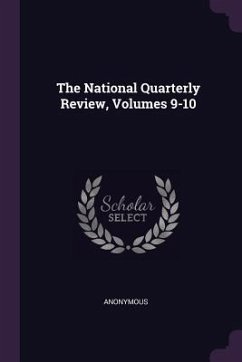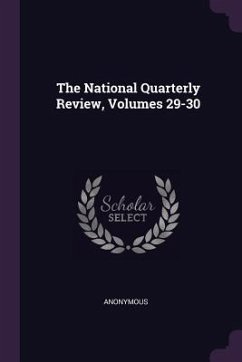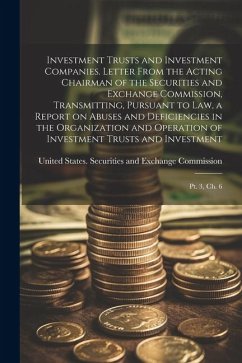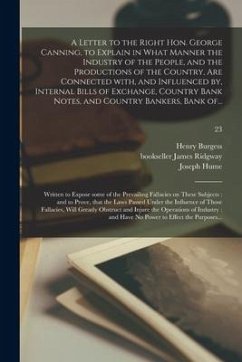![A Letter To The Editor Of The Quarterly Review, For [oct. 1822], On [the Poyais Bubble] A Letter To The Editor Of The Quarterly Review, For [oct. 1822], On [the Poyais Bubble]](https://bilder.buecher.de/produkte/75/75119/75119485z.jpg)
A Letter To The Editor Of The Quarterly Review, For [oct. 1822], On [the Poyais Bubble]

PAYBACK Punkte
7 °P sammeln!
This pamphlet, "A Letter To The Editor Of The Quarterly Review, For [oct. 1822], On [the Poyais Bubble]: A Review Of Captain Strangeway's Sketch Of The Mosquito Shore," critiques a review of Captain Strangeway's work. The author, writing under the pseudonym Verax, likely aims to expose inaccuracies or biases in the original review, particularly as it relates to the infamous Poyais scheme. The Poyais Bubble refers to a large-scale investment fraud perpetrated by Gregor MacGregor, who claimed to be the Cazique of Poyais, a fictional Central American country. This historical document offers insig...
This pamphlet, "A Letter To The Editor Of The Quarterly Review, For [oct. 1822], On [the Poyais Bubble]: A Review Of Captain Strangeway's Sketch Of The Mosquito Shore," critiques a review of Captain Strangeway's work. The author, writing under the pseudonym Verax, likely aims to expose inaccuracies or biases in the original review, particularly as it relates to the infamous Poyais scheme. The Poyais Bubble refers to a large-scale investment fraud perpetrated by Gregor MacGregor, who claimed to be the Cazique of Poyais, a fictional Central American country. This historical document offers insight into early 19th-century perceptions of Central America and the speculative financial climate that allowed the Poyais scheme to flourish. It serves as a valuable resource for understanding the historical context of the Mosquito Coast and the dangers of investment schemes. This work has been selected by scholars as being culturally important, and is part of the knowledge base of civilization as we know it. This work was reproduced from the original artifact, and remains as true to the original work as possible. Therefore, you will see the original copyright references, library stamps (as most of these works have been housed in our most important libraries around the world), and other notations in the work. This work is in the public domain in the United States of America, and possibly other nations. Within the United States, you may freely copy and distribute this work, as no entity (individual or corporate) has a copyright on the body of the work. As a reproduction of a historical artifact, this work may contain missing or blurred pages, poor pictures, errant marks, etc. Scholars believe, and we concur, that this work is important enough to be preserved, reproduced, and made generally available to the public. We appreciate your support of the preservation process, and thank you for being an important part of keeping this knowledge alive and relevant.












